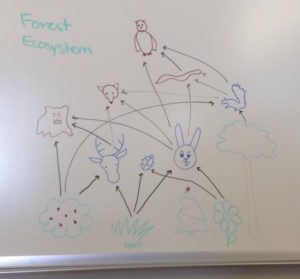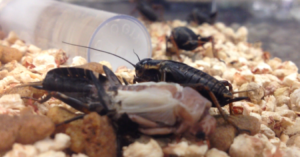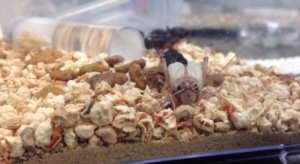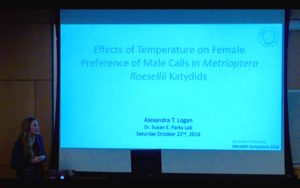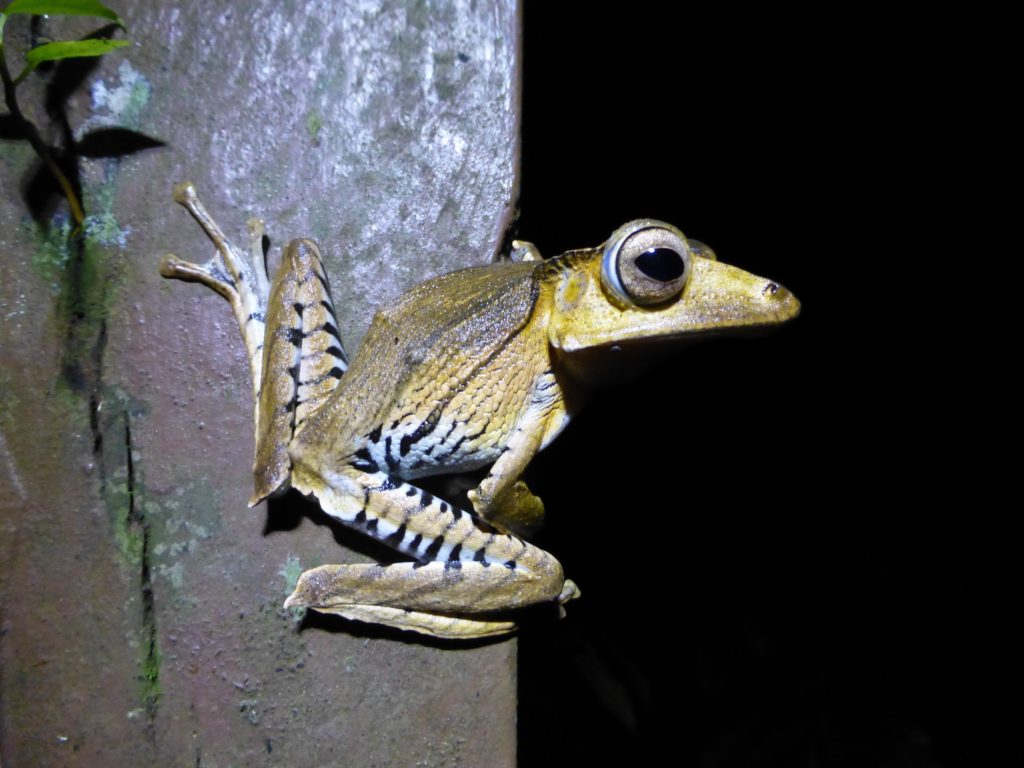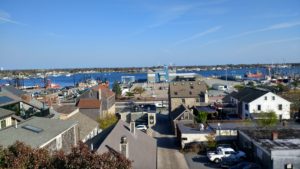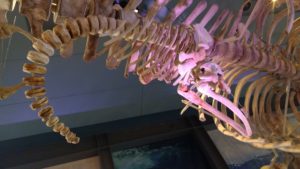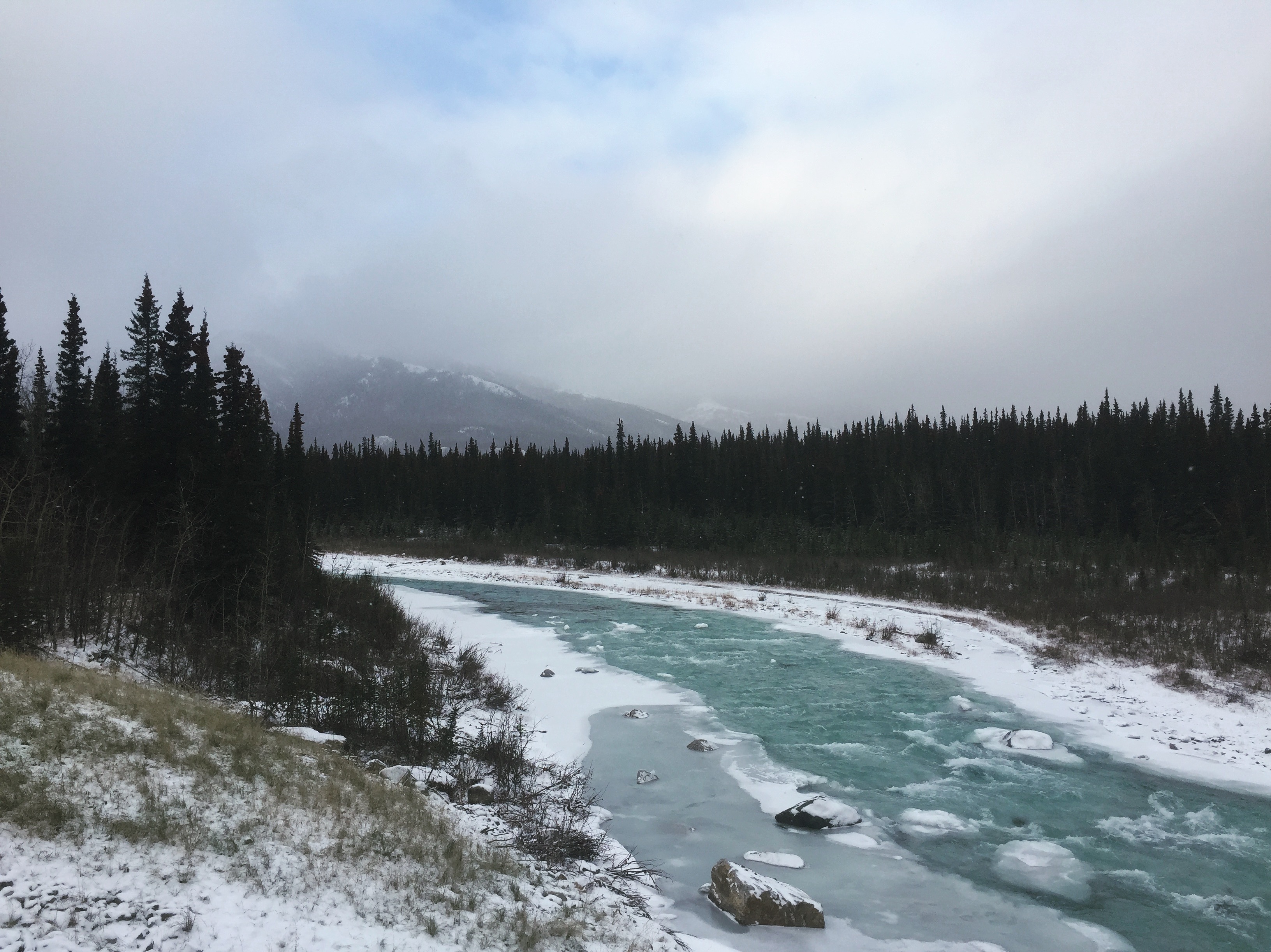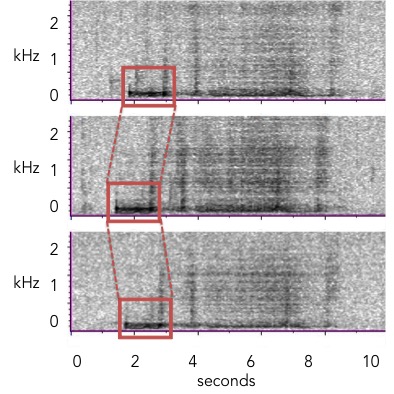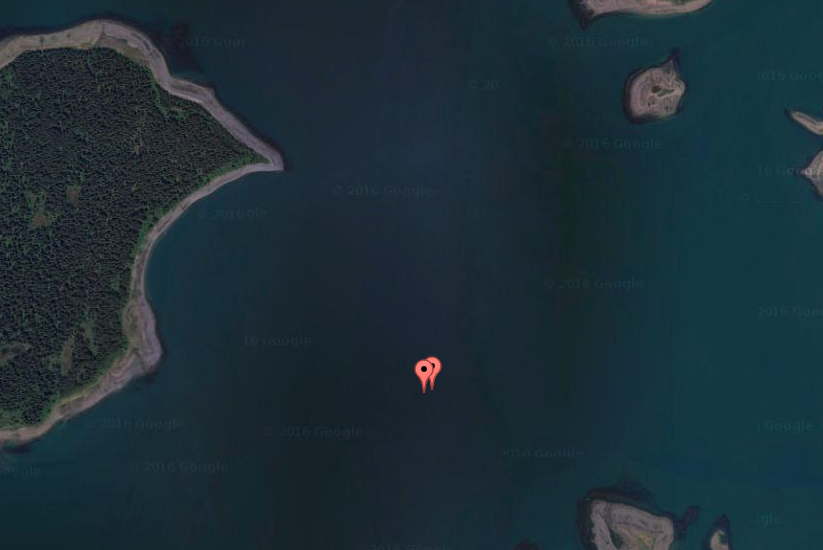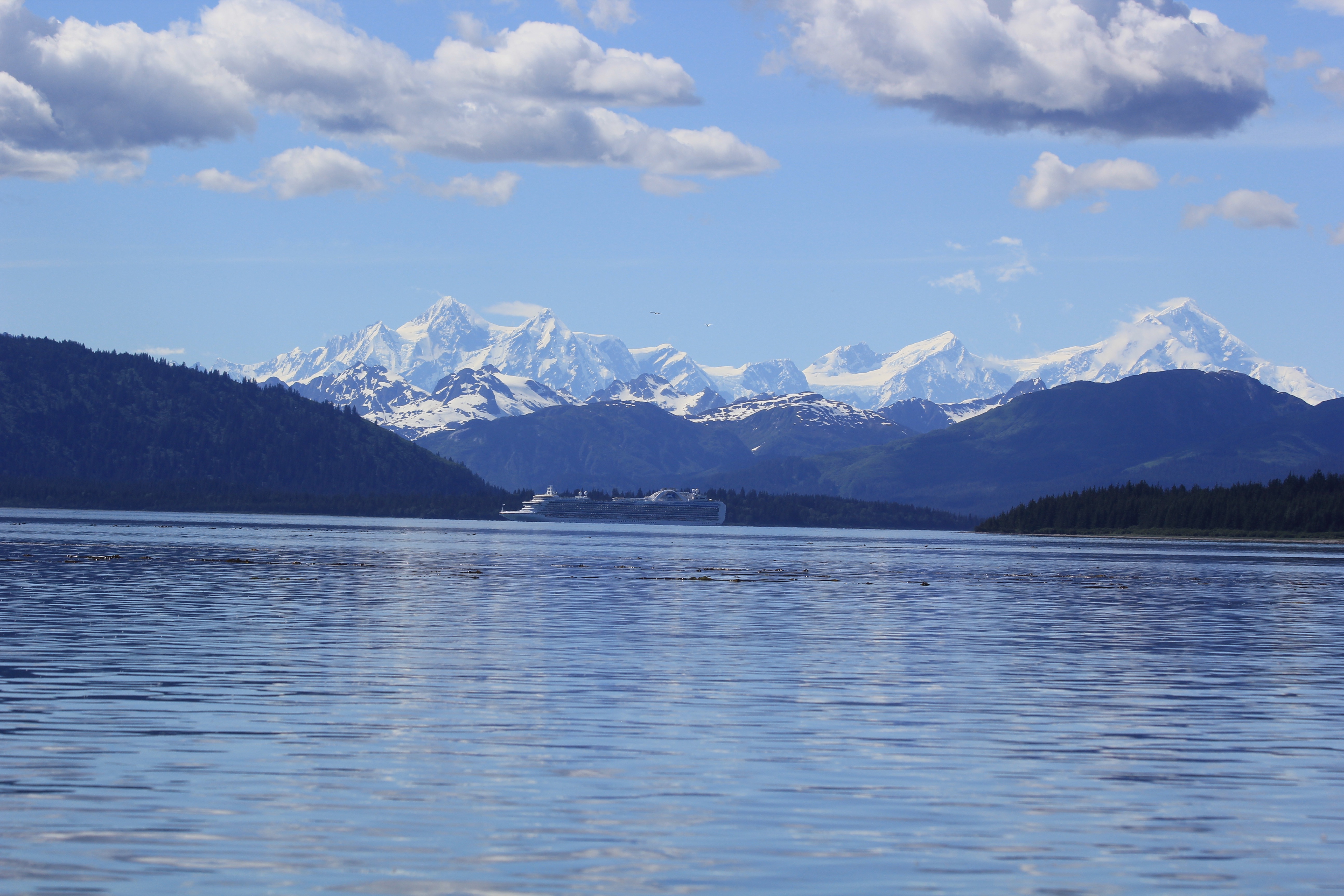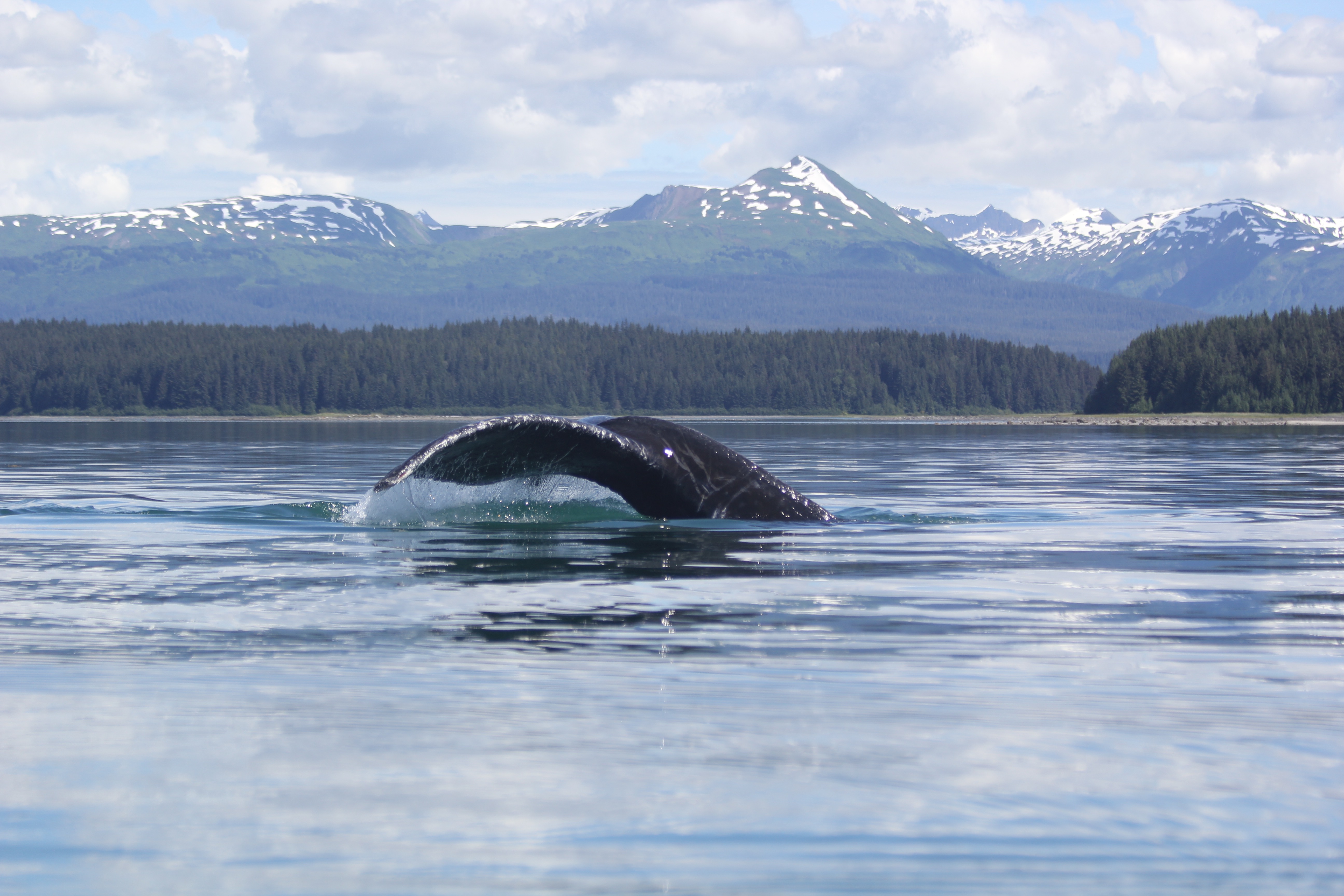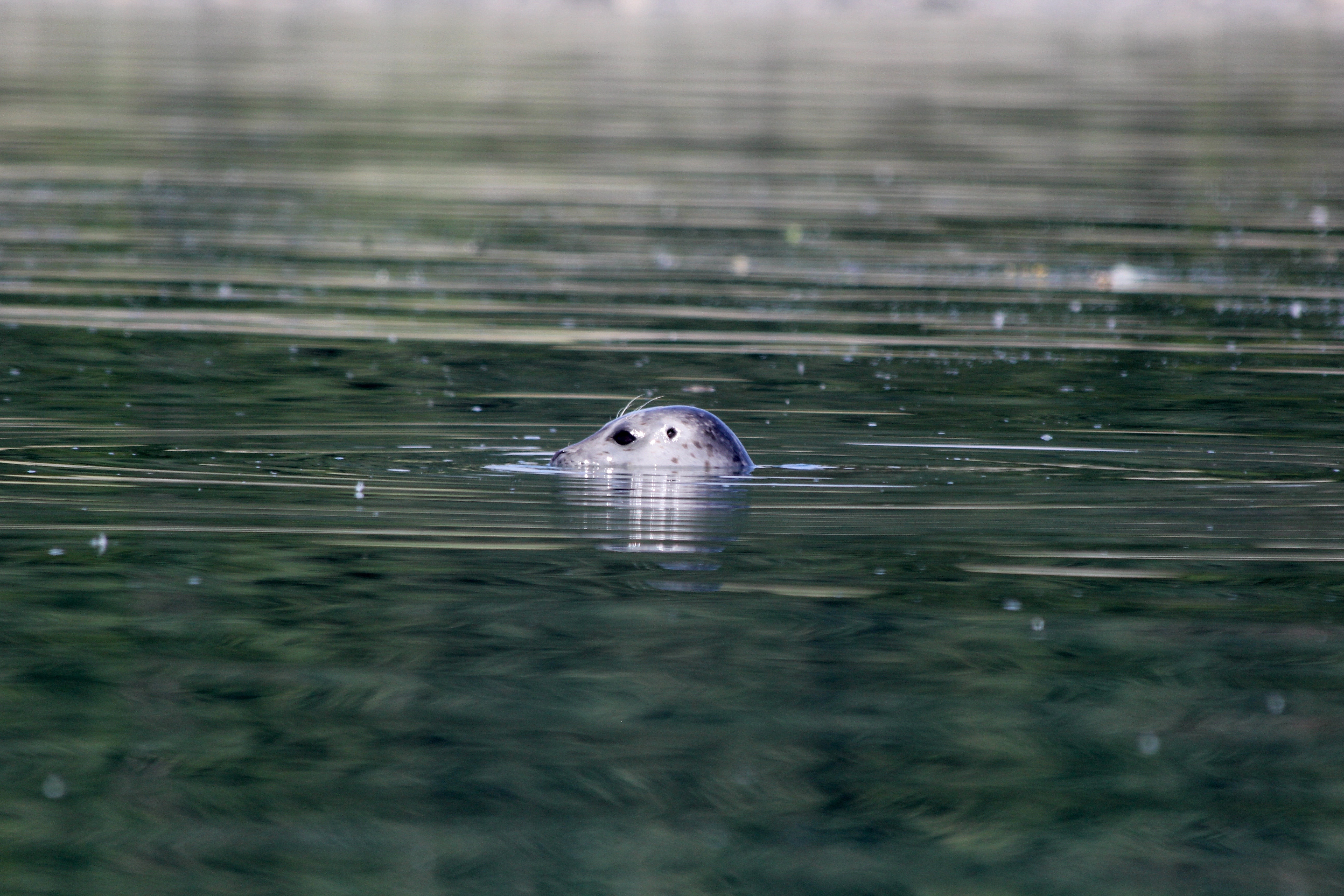Cockroaches. Just the mention of them is enough to elicit a negative response. Bringing them up in almost any situation often leads to stories of revulsion from the first time someone saw them running across their kitchen floor, or flying directly at them (more often than not touched with a bit of exaggeration). When I tell people that I did research with them and would like to continue doing so I get the same responses from nearly everyone: Why?! They’re so disgusting! Then a story of how disgusted they were when they saw one in their kitchen, or bathroom. It’s a shame really that everyone associates the relatively few pest species, only about 30, with a group that encompasses at least 4,600 species.
Their diversity may not be that impressive as far as insects go, but they certainly put any single group vertebrate species, except possibly fish, to shame in terms of numbers. They range in size from 3mm, Attaphila fungicola which lives with ants, to 8cm, Macropanesthia rhinoceros or the rhinoceros cockroach from Australia. They survive in a diverse array of habitats, there’s a species that’s supposedly at least semi aquatic, some that are specialized for a life in sand dunes, and some that specialize in living on bromeliads in the canopies of rain forests. They also come in a wide variety of shapes and colors. There are the common looking species that everyone associates cockroaches with, but some have horns and are quite chunky, while others are nearly completely flat, a couple species have males equipped with two small bumps on their “heads” that have been noted to glow in the wild. There are brilliant metallic species that resemble rolly pollies, or pill pugs, some bright green species, some even have streaks of brilliant blue!
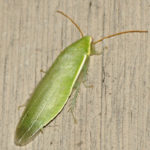
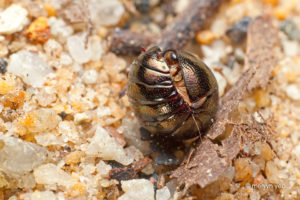
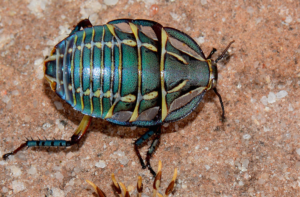
The overwhelming majority of research on cockroaches has focused on quite a small percentage, we’ll say .7% and that’s an overestimate, that are regarded as pest species. Just as a side note here: cockroaches tend to be associated with filth, but when they’re found in a home it is usually due to an excess of food waste left around the house that they’re exploiting. They’re just using the resources that are available to them! I guess that is why I decided to focus on cockroaches. I’d like to change how they’re perceived, at least to a few people, and show that they’re more than the gross bug running across your kitchen floor in the middle of the night. As E.O. Wilson once wrote “Let the lowly cockroach crawl, or, better, fly up, to its rightful place in human esteem!”, or at least let’s try not to hate on them too much.
Oh I forgot to write about what my research was actually on… I was aiming to describe the defensive acoustic signals produced by the flat horn hissing cockroach, or Aeluropoda insignis. I’ll get into that more with my next post.
— Elliot
